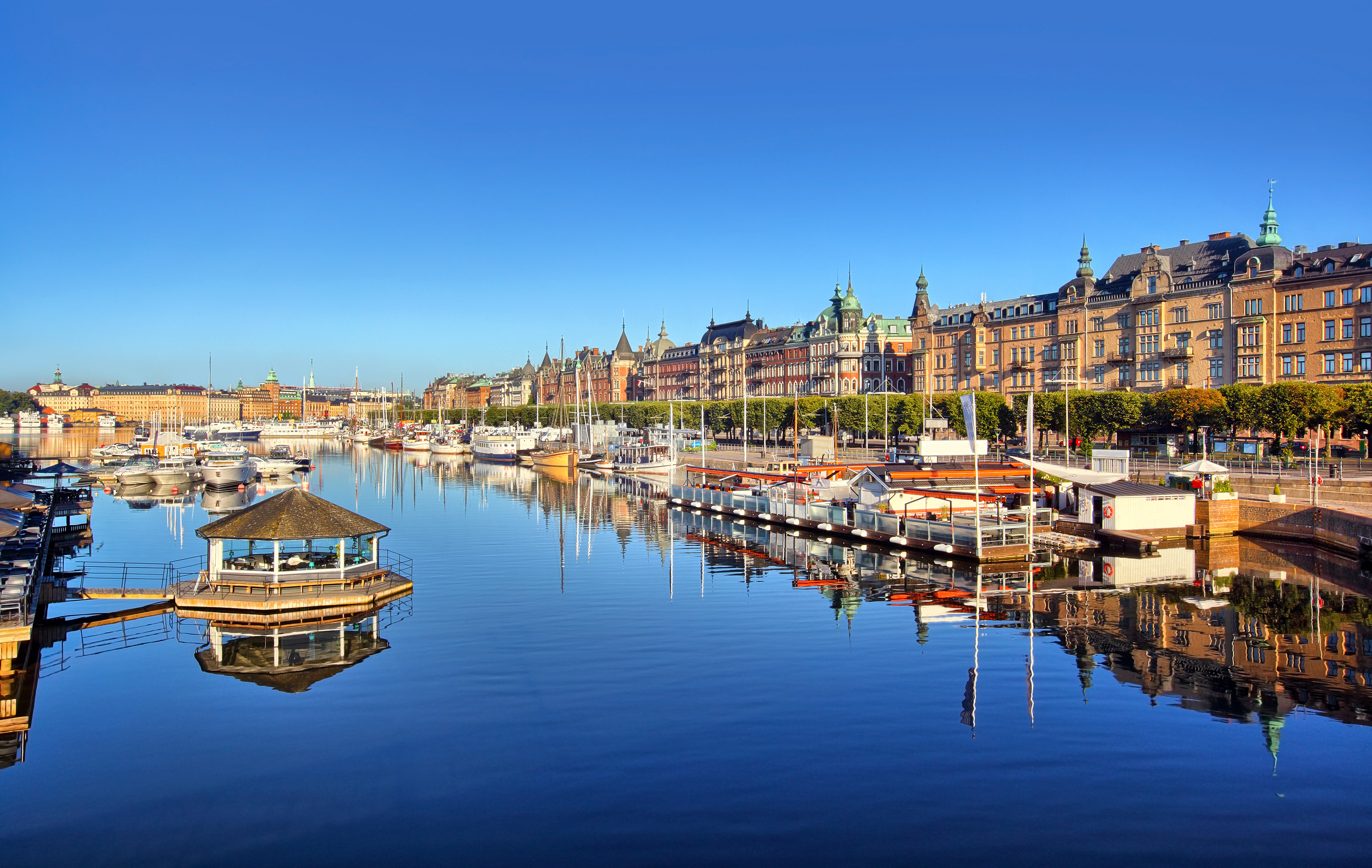About Stockholm
Founded in 1252 by Sweden's then-ruler Birger Jarl, Stockholm boasts a rich history that stretches back centuries. Built on 14 islands, the city has evolved from a small trading post to a thriving metropolis. In the 13th century, a fortress was constructed on the island of Stadsholmen, which played a crucial role in defending the region and facilitating trade. During the 17th and 18th centuries, Stockholm experienced remarkable development under King Gustavus Adolphus and his successors. The city underwent extensive urban planning, resulting in impressive palaces, churches, and public buildings. Landmarks like the Royal Palace, Stockholm Cathedral, and Riddarholm Church reflect this era of opulence and power. In the 19th and 20th centuries, Stockholm underwent significant social and industrial changes. Rapid industrialisation and urbanization attracted migrants seeking employment opportunities. Infrastructure projects, including bridges and railways, enhanced connectivity between the islands and contributed to the city's growth. Stockholm also became a center for art, literature, and scientific advancements, with notable figures like August Strindberg and Alfred Nobel making significant contributions to their fields. Today, Stockholm is a dynamic and cosmopolitan city, which seamlessly blends historical charm with modernity, offering a high quality of life and a thriving cultural scene. The city is renowned for its clean and green environment, with numerous parks and waterways. Stockholm is also a hub for technology and innovation, attracting startups and established companies alike.
 Mikael Damkier/Shutterstock.com
Mikael Damkier/Shutterstock.com